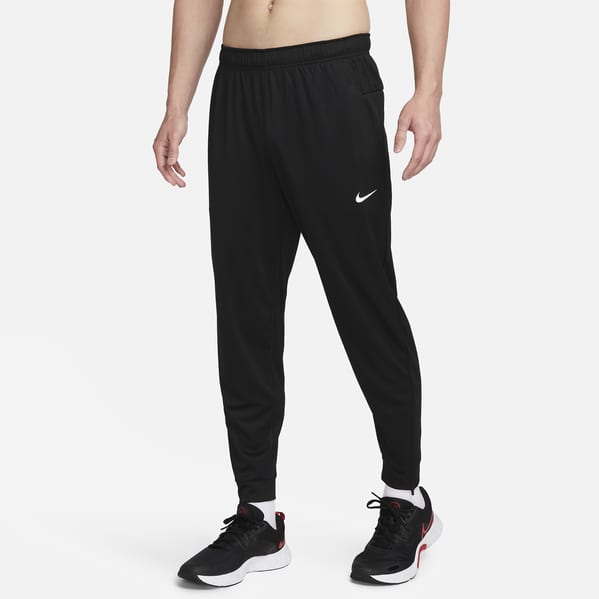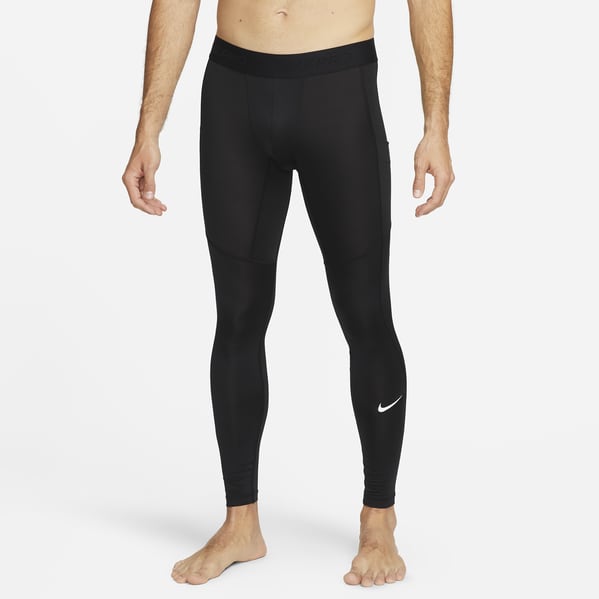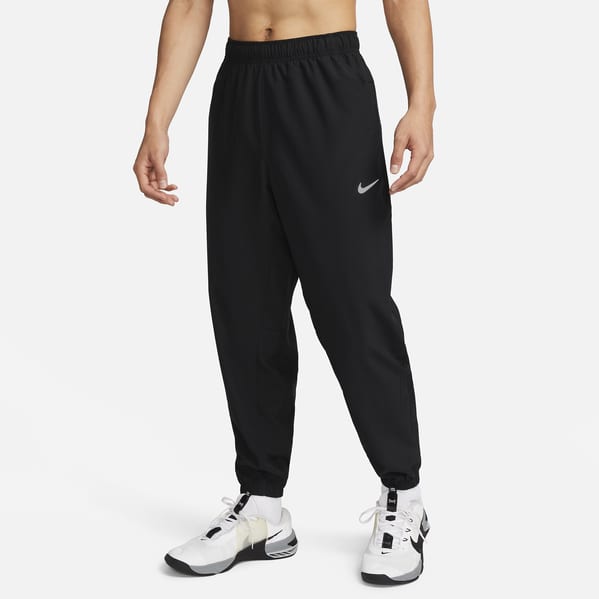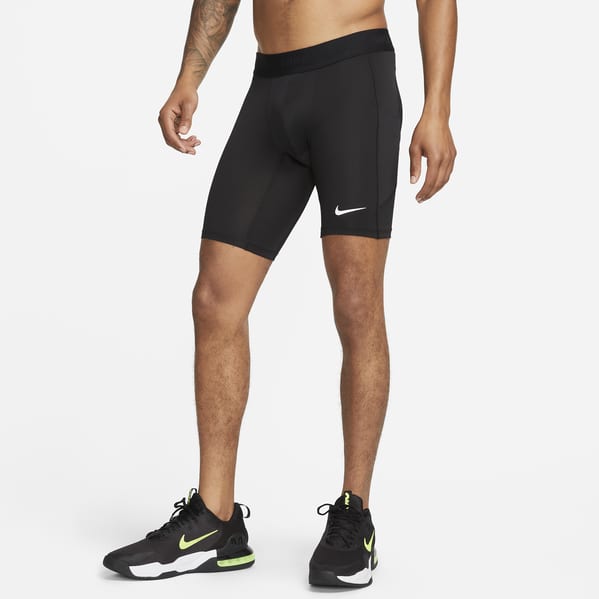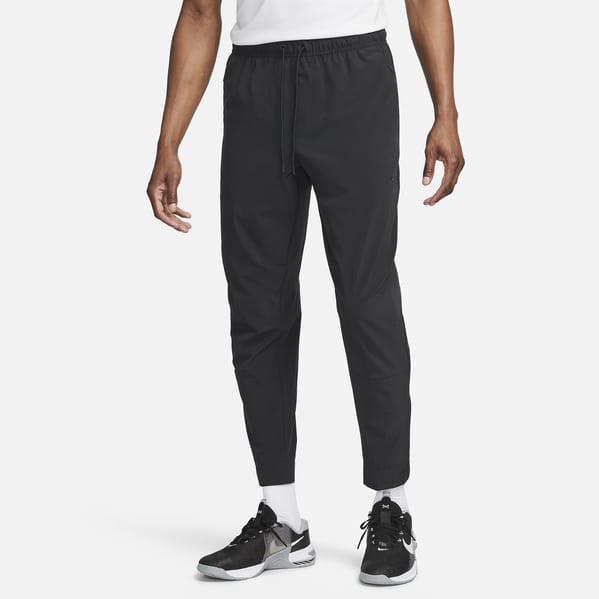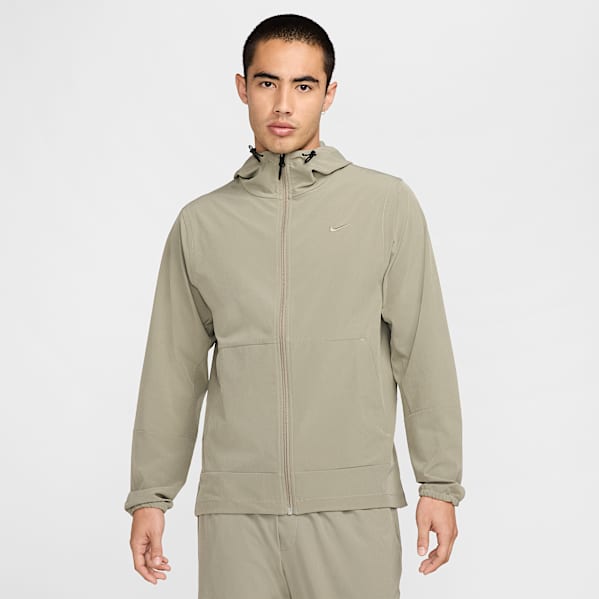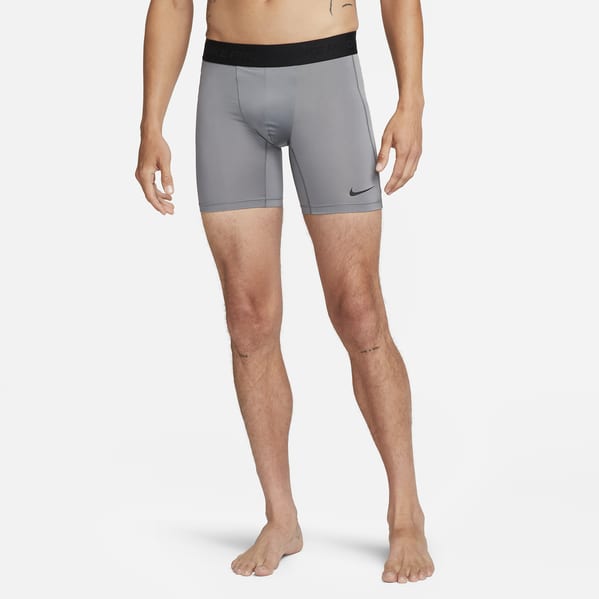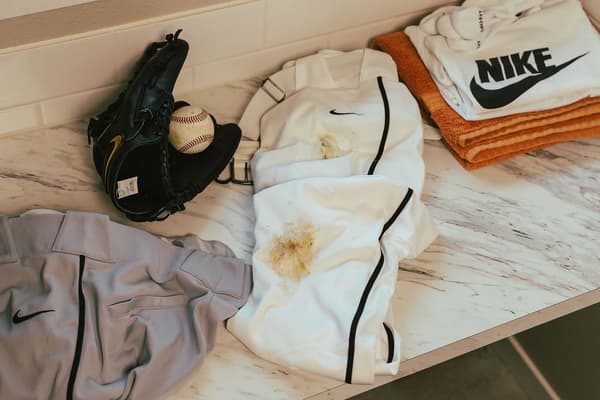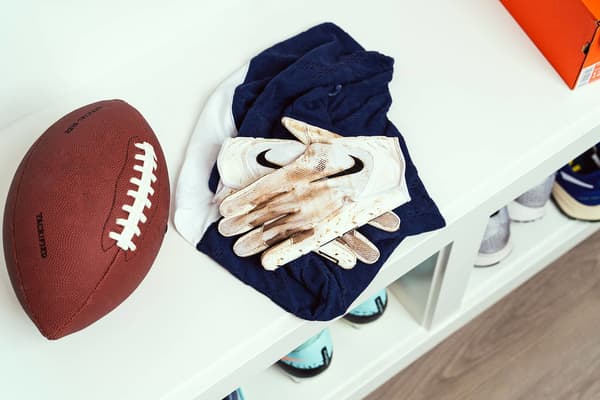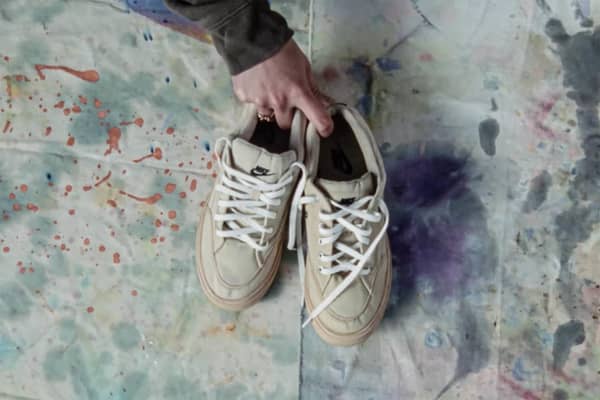How to Break In a Baseball or Softball Glove
Product Care
These tips will help transform a stiff, new mitt into a well-fitting glove you'll wear for years to come.
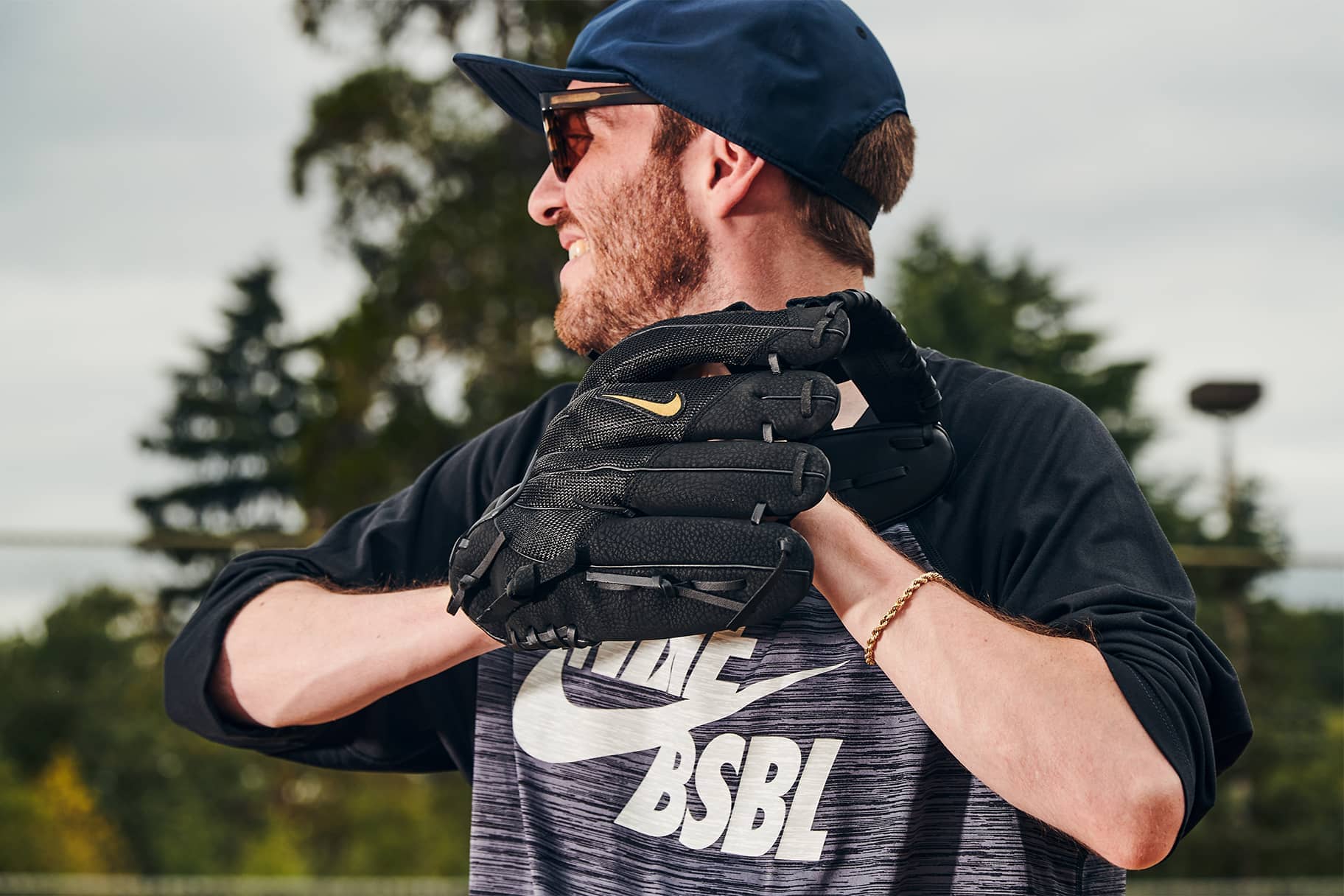
A new baseball or softball glove is an exciting investment: it's a piece of equipment that may be worn for seasons to come. As any player knows, it's important to break in the glove properly before play. You want it to feel like a natural extension of your hand, capable of easily cradling the ball.
But don't rush to manipulate the leather just to get the glove to shut, said George Capen, pitching coach at Georgetown University and former minor league baseball player.
"The priority should be softening up [the glove] in the right spots", he said. "The worst thing that can happen is that you break it in so it's soft and usable, but you're not happy with the way that you're receiving the ball or the way that it feels in your hand".
Properly breaking in a glove means ensuring the glove's leather is pliable enough to close but also that it's formed to your hand and style of play. Follow these tips from Capen and Megan Rembielak, youth softball coach in West Palm Beach, Florida, and former collegiate softball player, to turn a new mitt into your trusted glove and keep it game-ready all season long.
Why Do You Need to Break In a Baseball or Softball Glove?
When you first get a new glove, your instinct might be to get the glove to close. But, contrary to quick fixes that players try to make that happen, both Capen and Rembielak say that "closing the glove" isn't the primary goal of breaking it in.
"You want as big of a pocket as possible", said Rembielak. You want to catch and field the ball in the pocket, near the base of your fingers, she explained.
So, when it's correctly broken in, your glove should have a great space in that spot for the ball to fit, rather than being smashed down like a pancake. If the glove is flat, you have to strain your fingers to keep it open, Rembielak explained, which doesn't welcome the ball in easily for a catch.
Another goal for breaking in your new glove, Capen said, is to make your glove specifically fit your hand and style of play. That's why Capen suggested breaking in the glove not with tricks but with time. The best way to do that? Use it often.
Breaking in a glove by wearing it helps the glove soften in the right spots and form to your hand. And the more you practise in the glove, the more comfortable you'll feel wearing it on game day.
How to Correctly Break In a Baseball or Softball Glove
You can find all manner of tricks and quick fixes for breaking in a baseball or softball glove. Some people try using hot water, baking the glove in the oven or running it over with a car.
"If you got a nice, new leather jacket, you wouldn't put it in the oven. You're not going to drench your leather coat or briefcase in water", Rembielak said. "You don't want to do that with your glove, either".
To break it in the right way, both Capen and Rembielak said the most important factors to customise a new glove to your hand are time and use.
"I like to break in my glove by playing catch with it and working the leather with my hands", Capen said. This method allows you to customise the glove to your position or play style.
"I like to flare the thumb a little bit, and on the fingers, I like them to have a little bit of a curl [inwards]. So when I'm playing catch and I'm breaking it in, I make sure I keep that a priority—manually bend that leather on the thumb and on the fingers", he said.
Doing so helps the glove act more like a funnel for ground balls and gives the throwing hand easier access to the pocket, so you can snap off a throw.
Breaking in a glove by hand and by playing catch takes time. At first, the glove will feel stiff. Rembielak said it can take between three weeks and a few months for a glove to become game-ready.
If you use it in certain drills in training, Rembielak recommended telling your coach you're breaking in a new glove. If the ball pops out, they'll "know if it's you making a mistake or if it's your glove. If your mechanics are great and the ball pops out, that's OK", she said.
Between reps, keep working the leather. And continue at home in between training sessions. Rembielak suggested working the fingers of the glove to soften them, then flipping the glove over to work the heel. Bend it the opposite way you want it to close and work it in a steering wheel-like motion with both hands to loosen it up.
Capen suggests sticking with your "old, reliable" glove for games and using your new glove for parts of training, in casual throw-abouts, with a rebound net or even when you're just sitting on the sofa until it's broken in.
How to Break In a Baseball or Softball Catcher's Mitt
Catcher's mitts require a different approach, however, Capen said. These gloves are notoriously stiff when they're new. To effectively break in a catcher's mitt, bring together your index finger and thumb to produce effective closing, he said.
Alternatively, head to the cages: to give your catcher's mitt some early reps before it's easy to close, Rembielak suggested putting on your catcher's gear and trying to catch balls from the pitching machine where it won't matter if the ball drops.
How to Care for Your Broken-In Baseball or Softball Glove
1.Pay Attention to the Laces.
Capen has one glove that he's been using for 13 years. The reason it's still usable, he said, is that he keeps his eye on the laces.
"Because the laces are also leather, they are naturally going to soften up as well. When they do, it does make the glove a little more floppy", he said. By manually tightening the laces, you can keep the shape of the glove over time.
"Wherever it's loose, follow along with the lace and just tighten it little by little", he said. He also recommended paying close attention to the fingers of the glove, which tend to loosen up the most.
2.Don't Leave the Glove in Your Bag.
When you toss your glove in your bag, Rembielak said, it can fold any way it wants. Instead of keeping an open pocket and closing around the ball the way you want it to for catching, the glove can become creased and close at different angles.
If you're worried about losing the glove, Rembielak said, store it in the bag in a way that will maintain the pocket. For example, put a ball in the pocket and wrap a strap or rubber band around the base of the glove, not the fingers. The strap shouldn't pull the fingers together into a pinched shape, but rather should wrap the pocket around the ball.3.Store Your Glove on a Flat Surface With the Palm Facing Down.
To help keep the glove from turning into a pancake, take it out of your baseball or softball bag when you get home and store it on a table or shelf, Rembielak said. The thumb and little fingers should be on the flat surface (such as a table or shelf) and the pocket should face down towards the table In this position, the glove pocket will stay open.
4.Sparingly Use Oil—or Other Common Household Items.
If sections of the glove start to look dry, some players apply glove oil to keep the glove supple. If you do this, Capen said, do so sparingly—don't soak the glove in oil that will stay greasy. Instead, use it in small amounts just on the dry spots.
Avoid using shaving cream to soften a glove. While this was once a popular tactic, largely due to the lanolin oil found in the cream, today's shaving creams can have a drying effect on a baseball or softball glove.
Words by Greg Presto


